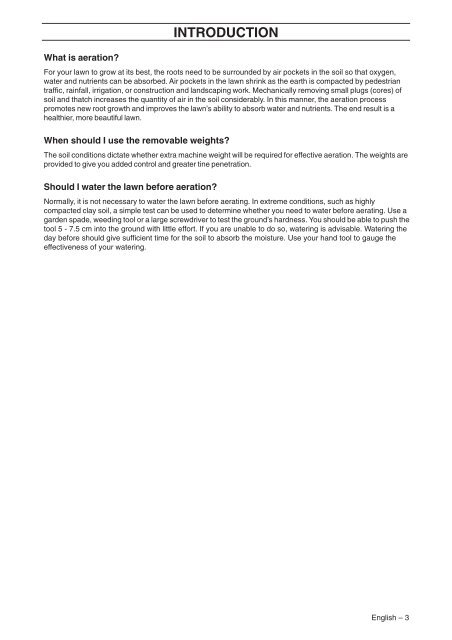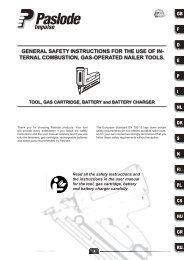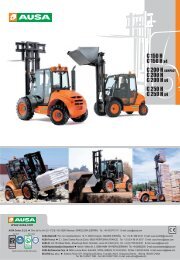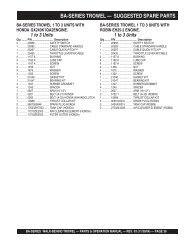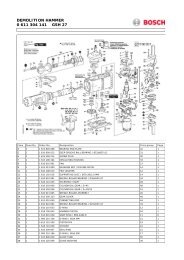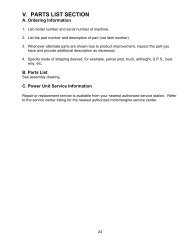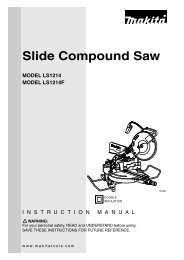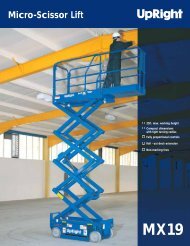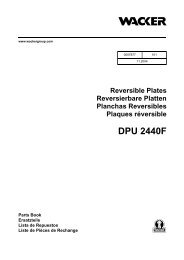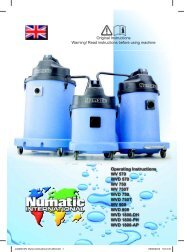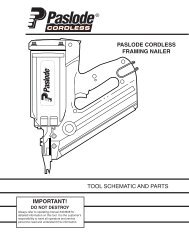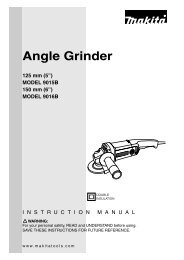Husqvarna - AR19 - JW Hire & Sales Ltd
Husqvarna - AR19 - JW Hire & Sales Ltd
Husqvarna - AR19 - JW Hire & Sales Ltd
Create successful ePaper yourself
Turn your PDF publications into a flip-book with our unique Google optimized e-Paper software.
What is aeration?<br />
INTRODUCTION<br />
For your lawn to grow at its best, the roots need to be surrounded by air pockets in the soil so that oxygen,<br />
water and nutrients can be absorbed. Air pockets in the lawn shrink as the earth is compacted by pedestrian<br />
traffic, rainfall, irrigation, or construction and landscaping work. Mechanically removing small plugs (cores) of<br />
soil and thatch increases the quantity of air in the soil considerably. In this manner, the aeration process<br />
promotes new root growth and improves the lawn’s ability to absorb water and nutrients. The end result is a<br />
healthier, more beautiful lawn.<br />
When should I use the removable weights?<br />
The soil conditions dictate whether extra machine weight will be required for effective aeration. The weights are<br />
provided to give you added control and greater tine penetration.<br />
Should I water the lawn before aeration?<br />
Normally, it is not necessary to water the lawn before aerating. In extreme conditions, such as highly<br />
compacted clay soil, a simple test can be used to determine whether you need to water before aerating. Use a<br />
garden spade, weeding tool or a large screwdriver to test the ground’s hardness. You should be able to push the<br />
tool 5 - 7.5 cm into the ground with little effort. If you are unable to do so, watering is advisable. Watering the<br />
day before should give sufficient time for the soil to absorb the moisture. Use your hand tool to gauge the<br />
effectiveness of your watering.<br />
English – 3


